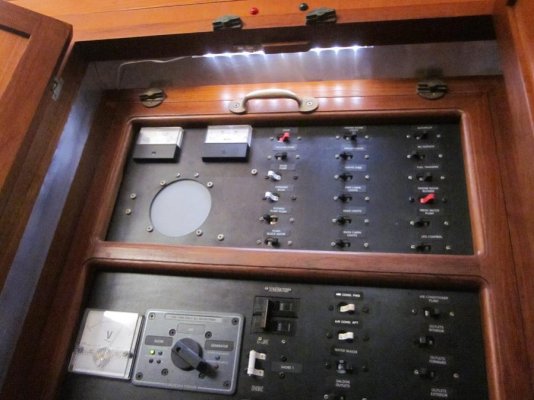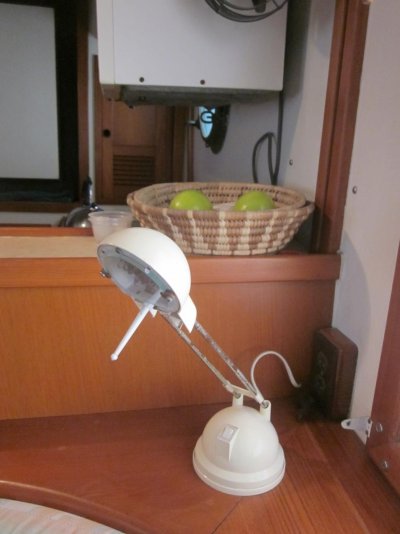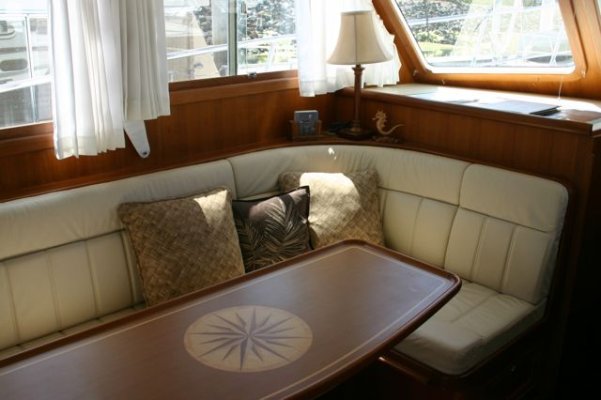I thought of this as I was posting in another thread. Rather than hijack that thread, I though I would go ahead and create a separate post.
We recently replaced all our inside lighting with new LED light strips. In our case, the lighting inside was 12 inch long fluorescent tubes inside recessed housings. I don't know how many other boats of our vintage (1978) use similar lighting. The lighting was so poor, a previous owner had tacked aluminum foil inside the housings in an attempt to get a bit more light.
We found LED light bars the same length as our existing fixtures from Lunasea. It took less than five minutes per fixture to make the changes. The warm white strips are really bright and make a world of difference. And of course, they use much less power.
If you are curious, or a bit bored, there is more info and a few photos on our little blog at http://blog.mvarchimedes.com/2012/10/light-power/
We recently replaced all our inside lighting with new LED light strips. In our case, the lighting inside was 12 inch long fluorescent tubes inside recessed housings. I don't know how many other boats of our vintage (1978) use similar lighting. The lighting was so poor, a previous owner had tacked aluminum foil inside the housings in an attempt to get a bit more light.
We found LED light bars the same length as our existing fixtures from Lunasea. It took less than five minutes per fixture to make the changes. The warm white strips are really bright and make a world of difference. And of course, they use much less power.
If you are curious, or a bit bored, there is more info and a few photos on our little blog at http://blog.mvarchimedes.com/2012/10/light-power/





